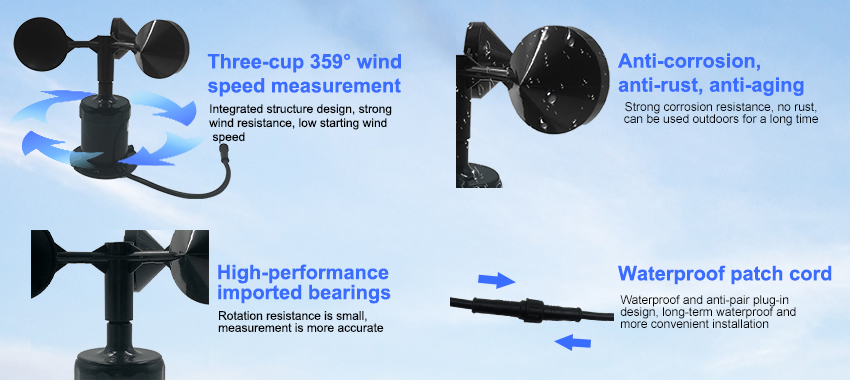Wind Direction Instrument
Wind direction instrument are devices that are used to measure and record the direction of the wind. They are an essential tool for meteorologists, climatologists, weather forecasters, and many other professionals who need accurate information about the wind’s direction and speed. In this article, we will explore the history, types, and working principles of wind direction instruments. We will also discuss their applications and the challenges that arise in their use.

Types of wind direction instruments:
The most commonly used instruments include the anemometer, cup anemometer, hot-wire anemometer, and vane anemometer.

An anemometer is a wind speed meter that measures the speed of the wind using Pitot tubes or cups.
A cup anemometer is a simple and inexpensive device that measures the direction of the wind using cups that turn in the wind.
A hot-wire anemometer is a small and lightweight instrument that measures both the speed and direction of the wind using a hot wire that is sensitive to the wind’s direction and speed.
A vane anemometer is a type of wind direction instrument that uses a pivotable vane to measure the direction of the wind.
The working principle of a wind direction instrument
The working principle of a wind direction instrument depends on the type of instrument being used.
An anemometer works by measuring the pressure difference between two Pitot tubes that are aimed in opposite directions. The cups on a cup anemometer turn in the direction of the wind, allowing the operator to determine the wind’s direction by reading the compass.
A hot-wire anemometer works by measuring the resistance change in a fine wire that is sensitive to the wind’s speed and direction.
A vane anemometer works by measuring the angle of attack of the vane relative to the wind direction.
Wind direction instruments are used in a variety of applications, including meteorology, climate research, weather forecasting, air quality monitoring, and wind energy research.

They are essential for measuring and understanding wind patterns, which are important for predicting weather events such as storms and tornadoes. They are also used to study climate change on a global scale, as well as to research and develop new technologies such as wind turbines for use in sustainable energy production.

However, there are challenges that arise in the use of wind direction instruments, including errors introduced by the instruments themselves or by the way they are installed and operated. Instrument error can be minimized by using high-quality instruments and by properly calibrating them before use. Installation and operating errors can be avoided by following best practices and guidelines recommended by the instrument manufacturers.
In conclusion, wind direction instruments are essential tools for meteorologists, climatologists, weather forecasters, and many other professionals who need accurate information about the wind’s direction and speed. There are various types of wind direction instruments available, each with its own advantages and disadvantages.